 Balancing people and technology is something that managers (and everyone else, for that matter) seems to struggle with, no matter where in the world of work they happen to be working or what industry they’re in.
Balancing people and technology is something that managers (and everyone else, for that matter) seems to struggle with, no matter where in the world of work they happen to be working or what industry they’re in.
Of course, striking this balance is in no way limited to simply the office or our professional lives.
My son, for instance, is often challenged to reconcile screen time with family time, and while both of these have value, teaching him exactly how to properly prioritize these two competing priorities can be a real art form (and frequent source of tension in our house, as many of you can imagine).
Man on Wire: Balancing HR Tech with Human Beings.
Learning to strike a balance between people and technology, similarly, is something many recruiters and employers continue to struggle with, too. Technology can offer us significant value and ROI, but figuring out exactly when those returns start diminishing can be a difficult, if not Quixotic, task.
On the talent side, the core of the problem seems to be the contentious debate divided between what can best be described as a preference for proven performers, versus a proclivity for recruiting “rising stars,” a dichotomy that’s become increasingly prevalent (and readily apparent) in recruiting and hiring today.
Of course, the ultimate arbiters determining this approach are largely the hiring managers themselves,. On the line level, hiring managers often have not only a budget for recruiting and hiring, but also likely a budget allocated for “operations” as well (particularly if they have multiple direct reports or significant people management responsibility).
But with so many “game changing” technologies on the market – and far fewer “purple squirrels” out there actively applying to join your ranks – the reality is that even the biggest brands and budgets in the world still struggle with the constant need to reconcile their relative spend on people versus process. This is much more difficult than it sounds on the surface.
While we’re all trying to use technology to change the game (and have manifold options), the truth is that many of us must still figure out the rules of that game, first – particularly around reconciling personalization and automation, and creating the right mix of talent and technology required to deliver the best possible business results.
Recruiters are notoriously overworked and under-resourced, and having to walk this tightrope can be trickier than Phillippe Petit trying to cross between the Twin Towers after downing a handle of Jim Bean and a handful of Ambien.
This balancing act takes an already difficult TA task – done right, recruiting is never easy – and adds yet another layer of complexity to recruiting and hiring success.
Of course, in the past, recruiters have had to deal with reconciling talent and technology far less than most other departments or corporate functions. This has been due largely to the historic limitations of HR and recruiting technologies, largely a single system of record housed primarily on premise, coupled with an almost endemic lack of discretionary budget and dearth of dedicated spend.
Of course, in the 90s and into the 2000s, recruiting was much simpler and straightforward; buy some job ads, roll up your sleeves, review some resumes, and screen, slate, submit and select the best candidates for the job.
This was what doing the work meant for decades if you worked in recruiting.
But over the past few years, the proliferation of recruiting technology – from ATS, CRM and recruitment marketing solutions to video interviewing, mobile career sites, and sundry other point software and systems – have ensured that in recruiting, business as usual has been anything but.
The emergence of these recruiting technologies is increasingly forcing talent and hiring pros to ask themselves which matters more to attracting, engaging and hiring top talent: time or money?
Walking the Talent Tight Rope.
 The answer, like so much in recruiting is…it depends. I know, but there is no such thing as a silver bullet or single strategy that’s going to work for everyone, since so much of this depends on so many factors.
The answer, like so much in recruiting is…it depends. I know, but there is no such thing as a silver bullet or single strategy that’s going to work for everyone, since so much of this depends on so many factors.
Helpful, I know – but hear me out for a minute. I’m going to walk you through some proven, practical steps I’ve used that you can easily follow to help strike the most effective balance between people and technology.
Like everything else in this business, of course, it all starts with people. It’s kind of a well worn cliche that “our people are our greatest assets,” (or, as my CEO Dan Finnegan often says, “Talent is the lifeblood of your company”), and really, it’s true (if sometimes a little trite). Recruiting is absolutely the single biggest strategic differentiator in business today, particularly in our increasingly technology-based economy.
The folks that fill your workplace can make or break your business, especially in today’s market, which is why the competition for top talent continues to heat up. As long as the supply and demand ratio continues to favor candidates rather than companies, and the competition cutthroat, it’s easy for recruiters to turn to magic thinking about what technology can and can’t do when it comes to helping them hire.
While systems and SaaS can lead to dramatic increases in recruiter efficiency and productivity, and companies are significantly investing in talent technology, this spike in HR Tech spend and the relative prevalence of these systems and solutions make it easy for us to forget the fact that our investment in our people still continues to represent the lion’s share of budget (and largest line item expense) in every department, at every company – roughly 75% of a company’s operating expense, as a rule of thumb.
The only industry that may be bucking this trend is manufacturing, which is always something of an outlier in today’s information economy; otherwise, I know for many sales and marketing departments, as far as operations and technology spend goes, that number constitutes generally somewhere between 5-10% of the department’s annual budget. Marketing analytics firm SiriusDecisions has this number pegged at 6% as an aggregate average.
While the percentage may change slightly due to a variety of factors, one simple benchmark leaders and managers can use is to make sure your spend on technology is at or below 10% of your annual budget.
That doesn’t sound like a whole lot, but it should be more than enough, provided you’ve got the right people in place, too – which is where you should really be investing the majority of your money, attention and resources.
An Overhead View.
How you spend the 90% you’re not spending on technology, and the type of team you should build to maximize the impact of these systems and solutions, is probably best left for a whole other article entirely.
What’s important to get started on building a hiring plan is to reconcile your own opinions about quality vs. quantity in regards to recruiting and talent acquisition.
Whether you’re hunting for a few purple squirrels or some less experienced HiPos with a ton of potential, these structural considerations are critical when building any sort of recruiting strategy.
Don’t think of headcount as a cut and dry rule. I’m a firm believer that a few killer, out-of-this world, overachieving and high performing employees are far preferable to twice as many average ones. So don’t be afraid to reconcile yourself with the fact that sometimes, less is more, and you don’t always need to pay more for technology to get better talent.
If you know if you’re looking for A Players or simply trying to put butts in seats, then you know best exactly how to budget for better talent.
The bottom line? Overlay the context around individual performance over the historical data and benchmarks you’ve already collected to make more informed decisions about the types of headcount you’re hiring for, and the types of people you should be hiring.
The more you know, the smarter your spend. Dollars and sense are valuable assets for any business.
Taking the Plunge.
Now back to that chunk you carved out for technology. With this remaining 5-10 percent of your budget, start with an audit of where you’re currently spending money. Everything should be fair game in this process. By including everything, you will often discover “mystery money.”
This is often outdated systems and processes that have just been grandfathered into the budget for years because no one thought to question it.
For marketing, the classic example is trade shows and events. Every marketing leader has had some variation of this conversation countless times over the course of their careers.
Q: Why are we going to the “insert acronym or hashtag here” annual conference?
A: Because it’s a big show and everyone goes.
Q: Do we see good ROI from this show?
A: Uh… I’m not sure. We don’t have any way to measure it.
So, dig into the budget and find that mystery money – and anything that can’t be tied directly to ROI and bottom line business impact is most decidedly a mystery – you can’t manage what you can’t measure, and if you can’t measure what you’re getting from your budget, then you’re probably pretty screwed.
Of course, for recruiters, the two biggest sources of “mystery money” are often agencies and job boards. Don’t think of it as a displacement. Think of it as reinvesting. It’s your money, so you probably want the biggest bang for your buck.
Thing is, you only get a finite amount of bucks, so you better make ’em count.
Don’t Look Down.
 Once you’ve determined how many people you’re hoping to hire in a particular department, it’s time to answer this question: at what point does the amount of time an individual spends doing a particular task warrant buying a tool to help them?
Once you’ve determined how many people you’re hoping to hire in a particular department, it’s time to answer this question: at what point does the amount of time an individual spends doing a particular task warrant buying a tool to help them?
Business analysts call this “time-in-motion,” but it’s ultimately about trying to find the point of diminishing returns on technology investment.
How do you maximize the high value work of your team by leveraging technology to automate or eliminate low value work? Whether it’s sales, marketing, business development, or, yes, even recruiting, this should be the goal of your technology investments.
In recruiting, for example, when you’re building out your passive candidate pipeline, you need to assess the amount of time your team is spending on passive sourcing, how much the sourcing and recruitment marketing tools out there cost and how much time they will save your team, and do the math.
When you’re assessing a vendor, similarly, make doing this due diligence their job. After all, yours is probably hard enough as is. Of course, you want to do your own calculations, but if your third party providers and partners can’t come up with a compelling and data driven business case for your company, then you should question the value of that technology, period.
The most glaring example of this in recruiting, in my opinion, is interview scheduling. When recruiting organizations look at the amount of time spent scheduling interviews versus the time savings realized by purchasing a tool to automate this process for them, the ROI is almost always off the charts. In this case, the decision is an easy one – like most purchasing decisions made following this framework.
Rote tasks are part of work — like eating right or going to the gym. It might not always be fun, but you just have to suck it up and do it. So look critically at the many requests you’ll likely receive from your team, many of whom have competing priorities and different ideas of how best to invest in tech.
Leave it up to their discretion, and it’s probable you’ll err on the side of over-automation and less personalization, meaning less work for them, but not the wisest way to ensure your budget is making the biggest and broadest impact for all your workers, not just individual employees. Your agenda should consider the bigger business needs, instead of those of individual workers or niche functions.
People jump jobs all the time – the current employee tenure is down to around four years, on average – and there’s something to be said for having a satisfied, engaged and productive team and investing in retention rather than in the costs of replacing existing workers, which is universally more expensive to do than promoting from within, increasing salaries and other initiatives designed to reduce turnover and improve retention.
This extends to technology, too; even if you’re buying recruiting solutions, you should constantly be considering whether or not that tool is going to help you retain existing employees rather than just recruit new ones, and that your team really needs the product, instead of simply wanting to purchase or play with every shiny object that comes on the market.
Nothing But Net.
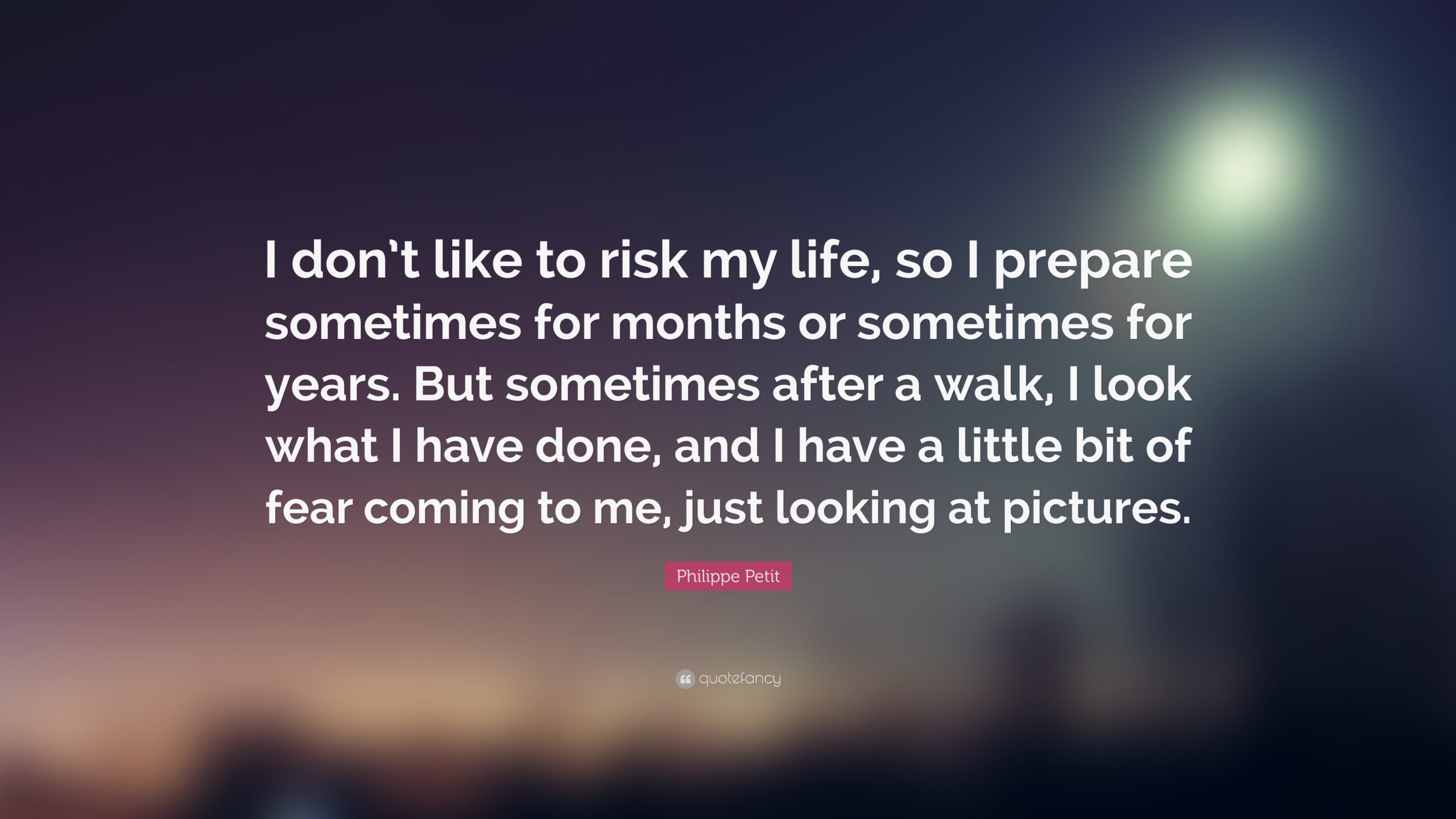
So, how do you decide where to take the plunge and put your money where your mouth is? The first is to understand that not every technology is created equal.
There’s a wide and varied range across the market, with a ton of variation between systems, software and solutions, so while it’s not hard to spot differentiation between products, knowing which differentiators matter most for your needs (and budget) is essential to making the right choice.
Start with which employee tasks you’d like to up level, which you think could be primarily replaced with technology and find solutions that best align with your specific requirements for personalization and automation. Invest in what you need, not what you think you’ll need, and use the same methods picking talent technology and tools as you do selecting the talent themselves.
You get what you pay for, and if you invest in quality, the more bang you’re likely to get for your buck. Cheap is rarely easy, and easy never comes cheap. Remember that, and you should be OK.
We live in an age where talent and technology are inexorably intertwined; our existence is defined by our relationship with both. Talent technology, similarly, isn’t choosing between your people and technology – it’s all about finding that balance between the two that’s going to be best for your business and bottom line.
And the answer is never an absolute, but rather, always somewhere in between.
Editor’s Note: Jobvite is a Recruiting Daily client, however, Recruiting Daily was not compensated for this post. The opinions expressed in this guest post do not necessarily reflect those of the publisher, nor do they constitute an endorsement for Jobvite’s products or services.
About The Author:
 Matt Singer is Jobvite’s fearless marketing leader. He’s officially been in marketing and sales for the past 15 years, but informally for 30+ years starting with cookie, lemonade, and lawn mowing businesses in his neighborhood at the age of 8.
Matt Singer is Jobvite’s fearless marketing leader. He’s officially been in marketing and sales for the past 15 years, but informally for 30+ years starting with cookie, lemonade, and lawn mowing businesses in his neighborhood at the age of 8.
Outside of work, Matt is a proud husband, father, and “manphibian.” He tries to spend as much time as possible in the water abalone diving, fishing, and surfing.
A self-proclaimed data geek, Matt has spent his career channeling that data obsession into building great brands and scalable marketing machines. His career in B2B has focused primarily on the world of HR software, but recruiting is his biggest professional passion.
Follow him on Twitter @matthewdsinger or connect with him on LinkedIn.





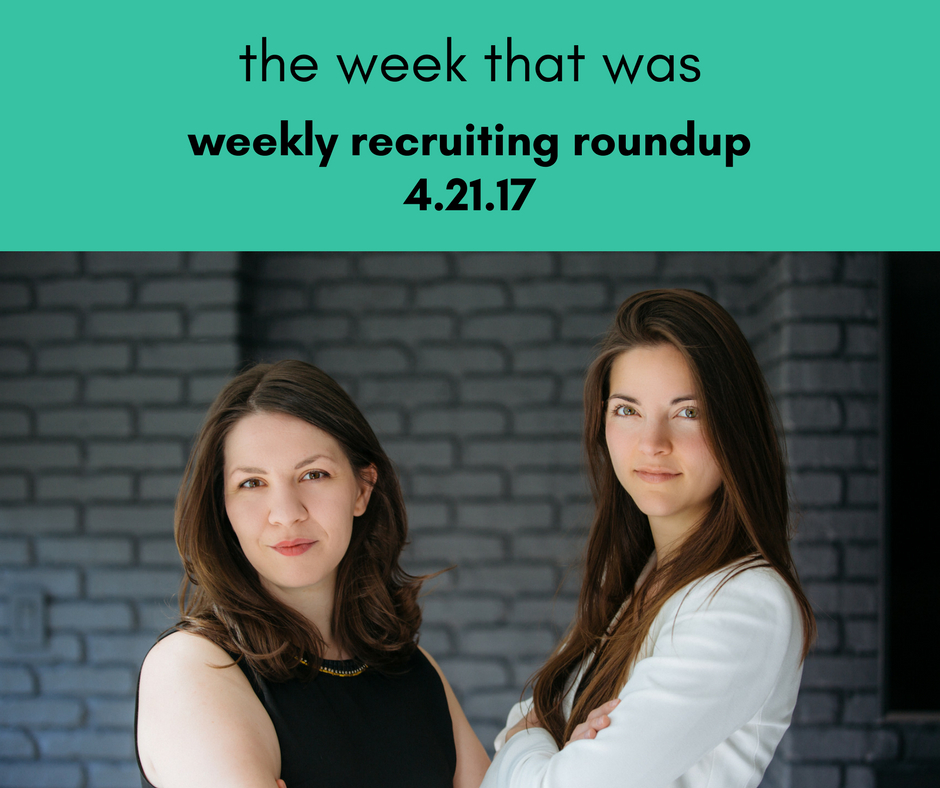







 Sourcing is a Networking Event
Sourcing is a Networking Event Stalking or Researching?
Stalking or Researching?
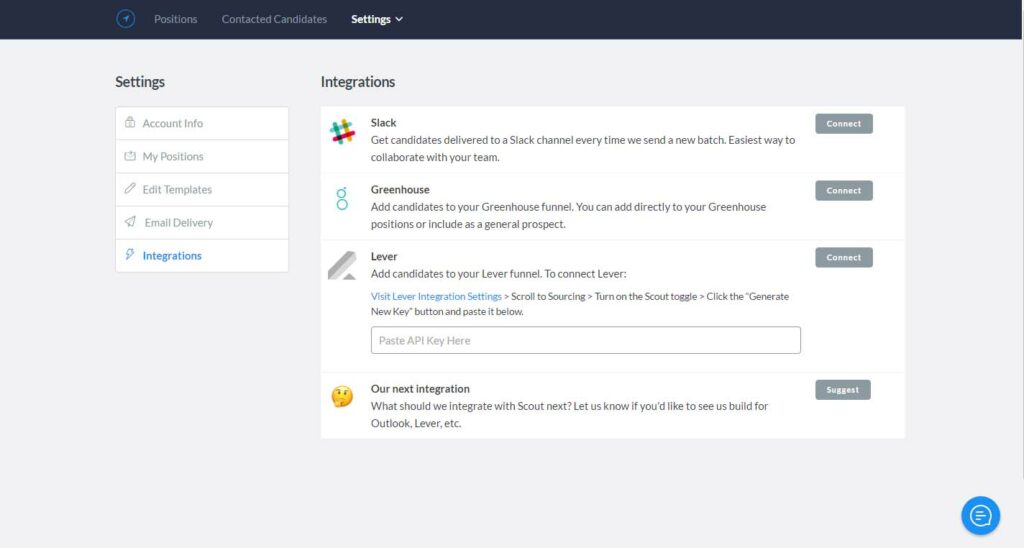 Another great feature Scout offers are email resources. They offer email templates, scheduling, tracking, and reporting. Overall, it acts as an excellent “mini-ats” that helps you keep track of candidates that you decide to contact.
Another great feature Scout offers are email resources. They offer email templates, scheduling, tracking, and reporting. Overall, it acts as an excellent “mini-ats” that helps you keep track of candidates that you decide to contact.
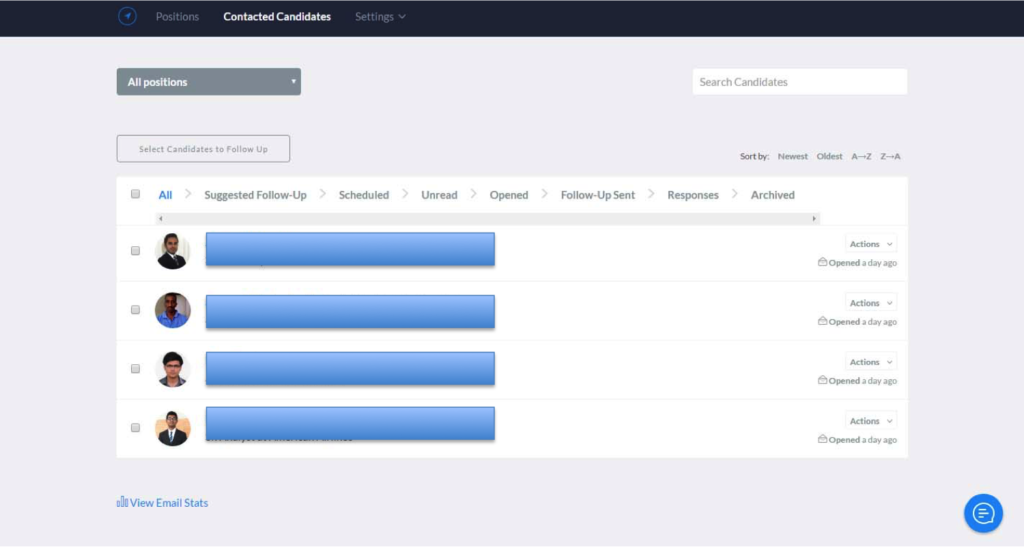


 The competition for your HR Technology dollar is more cutthroat – and more lucrative – than ever before.
The competition for your HR Technology dollar is more cutthroat – and more lucrative – than ever before.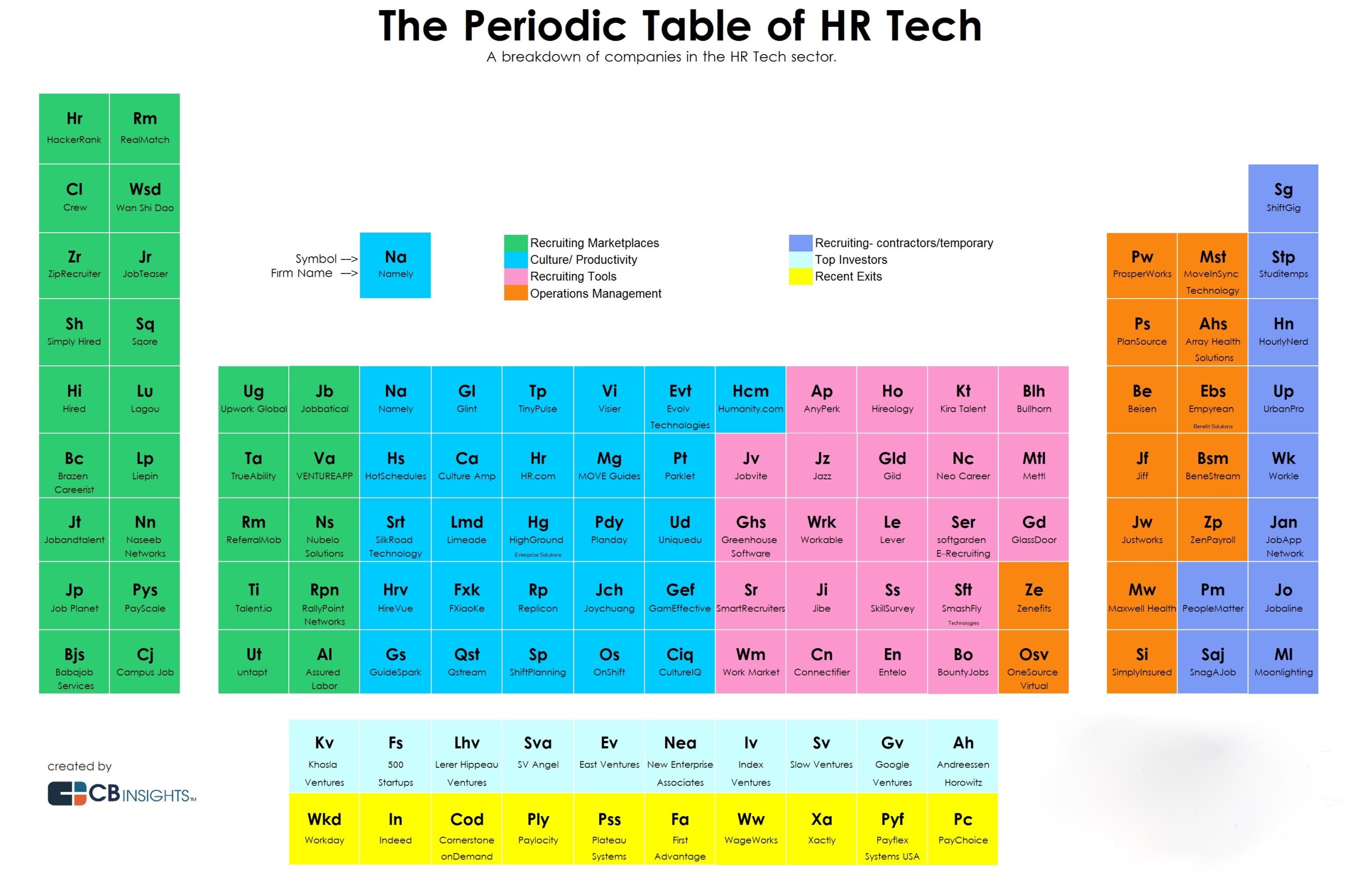
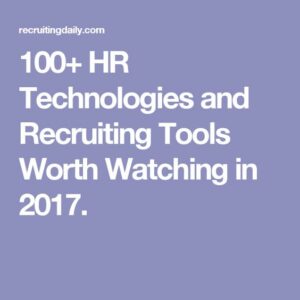 Without further ado, I’m excited to present the list of the top HR Technologies to Watch in Q2 2017:
Without further ado, I’m excited to present the list of the top HR Technologies to Watch in Q2 2017: William Tincup is the President of RecruitingDaily. At the intersection of HR and technology, he’s a Writer, Speaker, Advisor, Consultant, Investor, Storyteller & Teacher. He’s been writing about HR related issues for over a decade. William serves on the Board of Advisors / Board of Directors for 15 HR technology startups.
William Tincup is the President of RecruitingDaily. At the intersection of HR and technology, he’s a Writer, Speaker, Advisor, Consultant, Investor, Storyteller & Teacher. He’s been writing about HR related issues for over a decade. William serves on the Board of Advisors / Board of Directors for 15 HR technology startups.
 A recently installed sculpture, called “Fearless Girl,” has become both a viral sensation and an instantaneous icon of both gender equality and societal subversion.
A recently installed sculpture, called “Fearless Girl,” has become both a viral sensation and an instantaneous icon of both gender equality and societal subversion.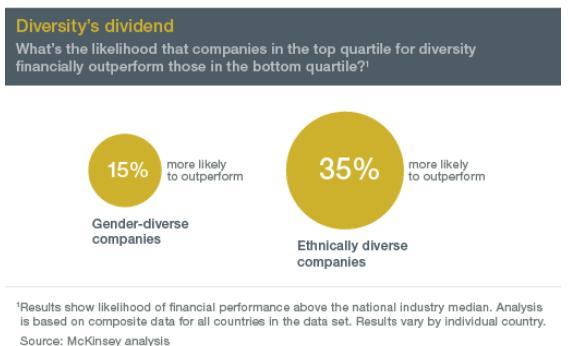
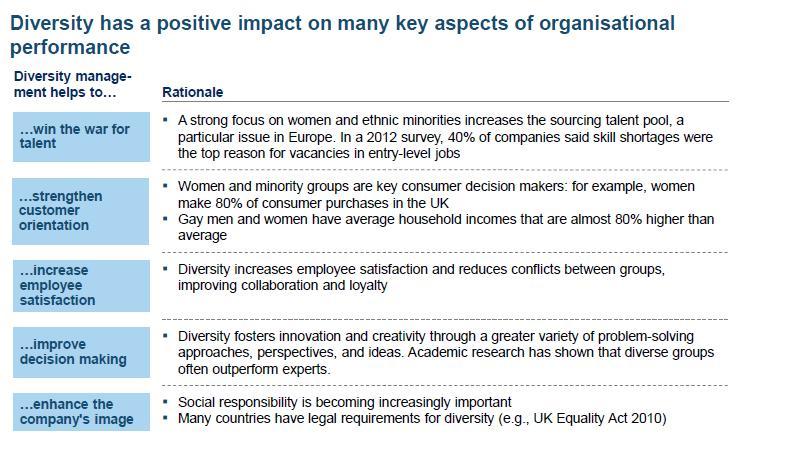
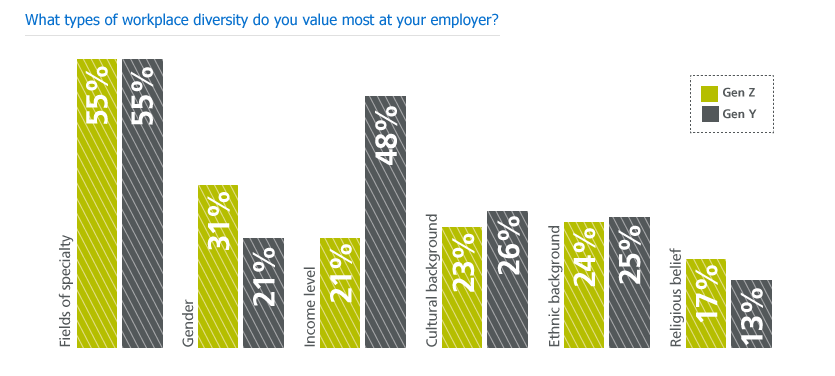

 Tomasz Borys is currently the Head of Growth at
Tomasz Borys is currently the Head of Growth at 

 Ha. No.
Ha. No.
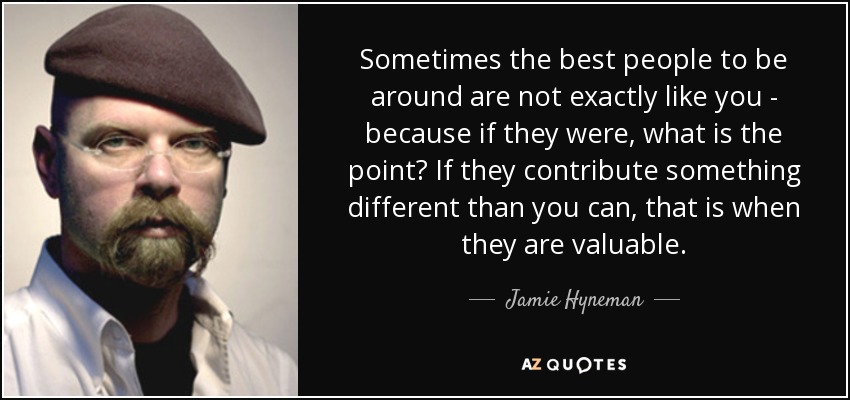


 James Ellis is currently Managing Consultant at
James Ellis is currently Managing Consultant at 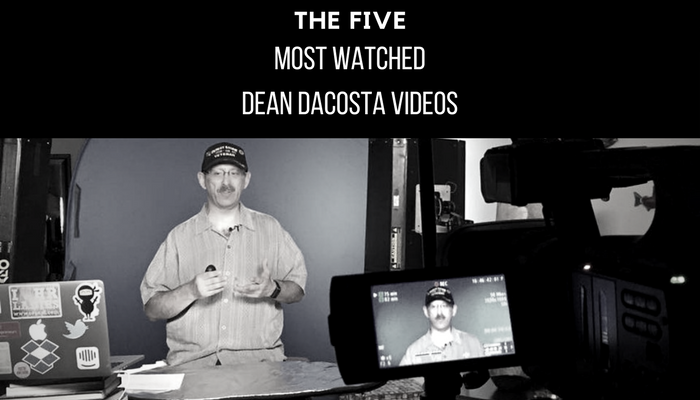











 Mo Money, Mo Money, Mo Money
Mo Money, Mo Money, Mo Money
 It seems company policies are just not keeping up to employees desires. As a result, more and more companies are looking for technology to fill the love void at work.
It seems company policies are just not keeping up to employees desires. As a result, more and more companies are looking for technology to fill the love void at work.
 Your Vibe Attracts Your Tribe: Understand Your Audience and Talk to Them in Their Lingo
Your Vibe Attracts Your Tribe: Understand Your Audience and Talk to Them in Their Lingo 
 Always Be Closing: Be Specific and Clear about the Immediate Opportunity
Always Be Closing: Be Specific and Clear about the Immediate Opportunity
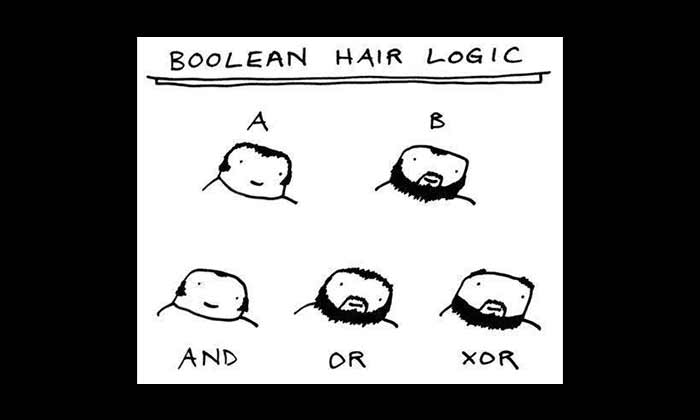


 Balancing people and technology is something that managers (and everyone else, for that matter) seems to struggle with, no matter where in the world of work they happen to be working or what industry they’re in.
Balancing people and technology is something that managers (and everyone else, for that matter) seems to struggle with, no matter where in the world of work they happen to be working or what industry they’re in. The answer, like so much in recruiting is…it depends. I know, but there is no such thing as a silver bullet or single strategy that’s going to work for everyone, since so much of this depends on so many factors.
The answer, like so much in recruiting is…it depends. I know, but there is no such thing as a silver bullet or single strategy that’s going to work for everyone, since so much of this depends on so many factors. Once you’ve determined how many people you’re hoping to hire in a particular department, it’s time to answer this question: at what point does the amount of time an individual spends doing a particular task warrant buying a tool to help them?
Once you’ve determined how many people you’re hoping to hire in a particular department, it’s time to answer this question: at what point does the amount of time an individual spends doing a particular task warrant buying a tool to help them?
 Matt Singer is
Matt Singer is 


